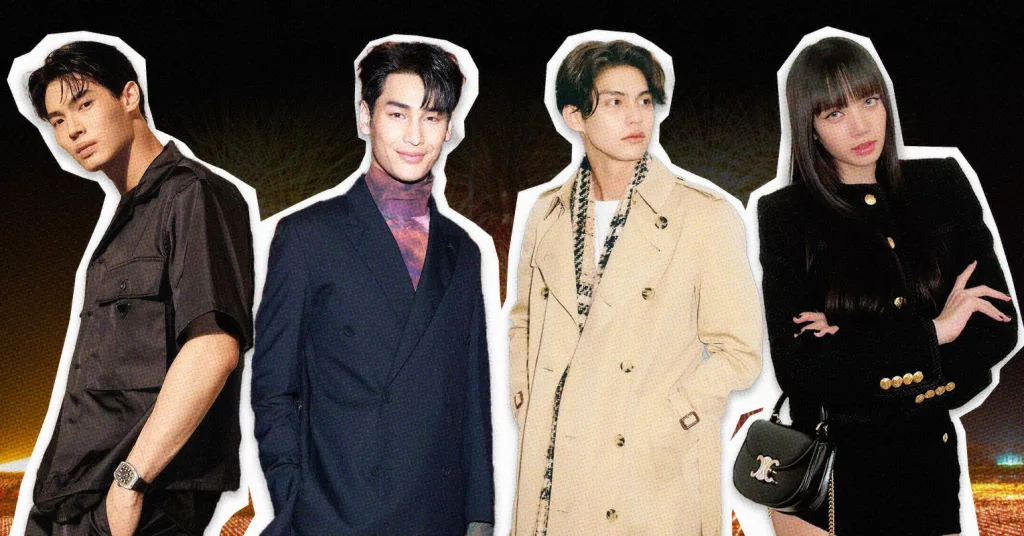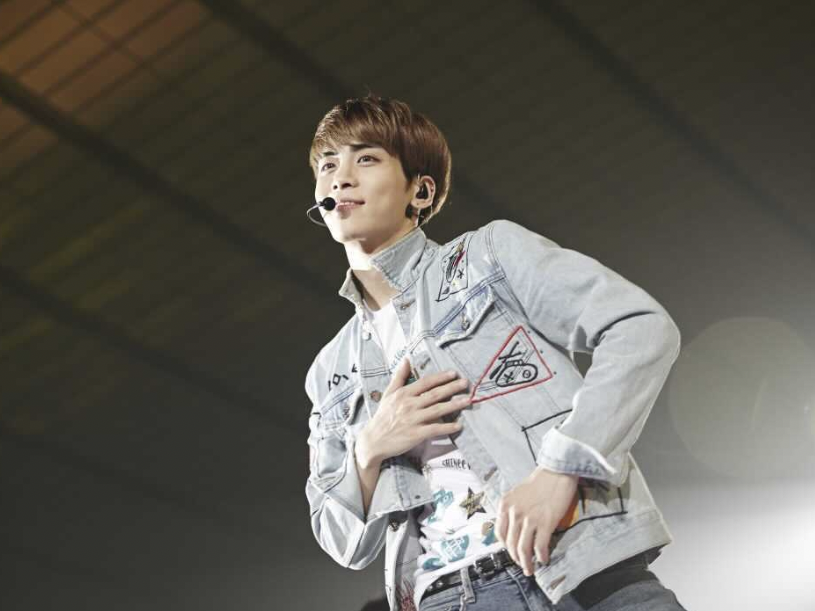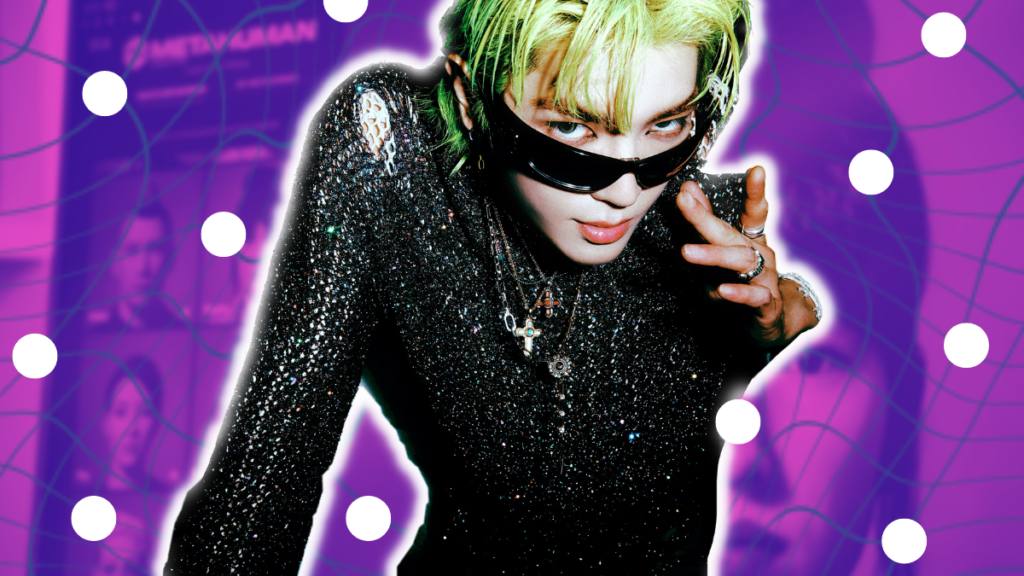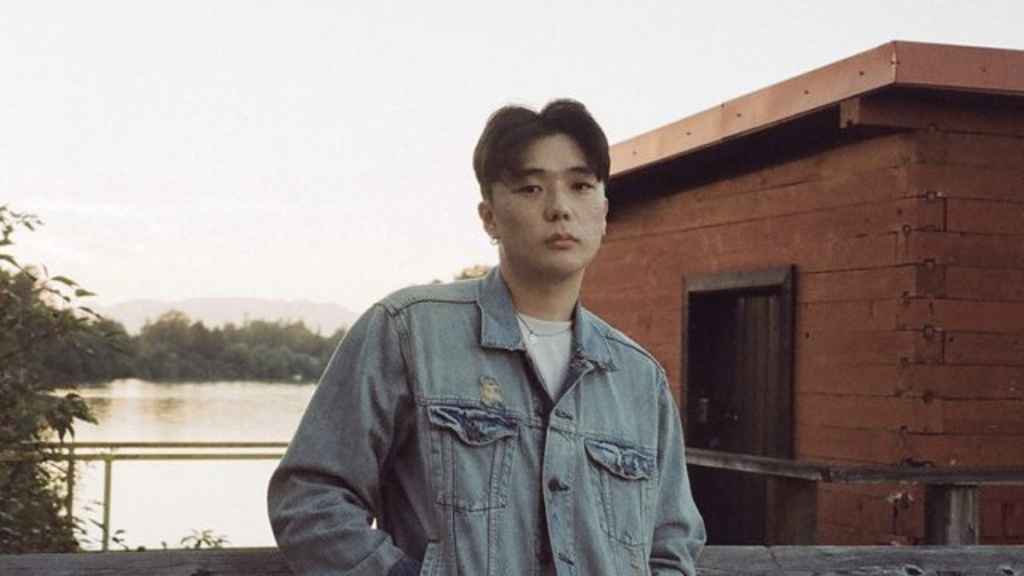Creative Spotlight: RIGEND Gets In Depth on the Magic of Music Videos

Music videos have always been an instrumental part of the music industry as a platform to extend an artist’s storytelling. K-pop is a genre known to take its music videos to the next level with high-scale productions that include impeccable set design, dynamic cinematography, and memorable styling. Jang Dongju (DJ) and Rima Yoon, founders of RIGEND Film, a production house, have been the masterminds behind a plethora of K-pop’s most visually stunning music videos. The duo has worked with the biggest names in the industry to bring their music to life, including TWICE, SEVENTEEN, NCT 127, IZ*ONE, and IVE, to name a few. To explore the music video aspect of the K-pop industry, EnVi sat down to chat with the director duo over Zoom.
The Beginning of RIGEND Film
Despite having worked with many big names and on projects, DJ and Rima started their professional experience working as assistants to directors in the industry. After crossing paths on a project from their earlier days, the two remained friends and often kept in contact with each other before eventually deciding to start their own production business. DJ shares that the decision to focus on creating music videos was due to the links he’s formed with the K-pop side of the creative industry over the years of his career before RIGEND. Meanwhile, Rima’s love for the field came earlier, “So I majored in video design, and I’ve been dancing too before, so I’ve always wanted to be a music video director since I was in elementary school, and I continued to take it seriously during my university period when I had my exhibition there, and that’s how I started.” Looking back, she remembers a particular music video that sparked this love. What video exactly? “I just want to keep it as a personal memory,” the director chuckles playfully.
As the duo reminisces about their beginnings, they continue to share the struggles they faced when RIGEND was just starting. It’s no secret that it’s no easy feat to create a music video of their scale and have a regular clientele as renowned as theirs; however, it wasn’t always like this. “A major [difficulty] was because the company was new; there wasn’t any portfolio, right? However, companies would only trust you if you had a portfolio so it’s really hard to start. […] Another major difficulty would be to stay within a small budget we wanted to show [a result] as if we had a big budget for it,” DJ starts off. Rima continues, “And because we are acting as dual directors here, maybe we have our different roles right now but back then we didn’t have a clear direction for these roles and that was one of the struggles.”
Kicking Things Off
Getting down to the technical aspects of production, we asked the masters about their process of creating a K-pop music video. With the industry being a disclosed one, fans have always wondered what steps are taken in the creation of the swoon-worthy outcome they continuously stream. Needless to say, we had to ask the duo how the ideation and creative process is conducted during these projects.
“So the entertainment [agency] will have a schedule for the upcoming artist’s album and they would give those to us and actually, there aren’t lots of information going on, they would give just the concept, some keywords for the moodboards, maybe lyrics of the song, and choreography videos and they would use this as a base,” DJ informs us that before a concept reaches them, an artist’s agency tends to have a drafted vision of how they want a title track to look visually.
Despite having multiple starting points for creating a video, what angle does RIGEND tend to focus on more? After a brief pause, seemingly retracing her steps, Rima answers, “I think it’s better to focus on the music first. And I think because it’s K-pop, choreography is also important, but then since it’s a music video we ultimately have to focus on the music first.”
When working with artists, one would naturally wonder how much of a say idols themselves have in their music videos. Rima informs us it is a case-by-case scenario. However, RIGEND has previously worked with Taemin, an idol that’s known to have a strong and clear vision for his works and knows what he wants. One might think that two strong creative forces could easily clash in a project, but instead, Rima prefers it, ”We would actually prefer working with artists who have a specific vision because our role is to show how attractive they are! So whenever the artists have their own niche, we just have to explore from there and enhance what the artist already has. So there might be some discussions going on how to express the niche, but then ideas are already clear.”
Bringing Out the Best
As the duo has become accustomed to all the biggest stars in K-pop, we had to ask them what group was the most in sync with them when ideating, to which DJ laughed, “All of them!” The two directors shared that it has become essential to look into the artist’s previous works to fully understand what their strengths are and, on the contrary, what sides of the artists haven’t been explored. Once they discover the styles and strengths of an artist, the directors then focus on figuring out how they can highlight unexplored sides of the idol.
“For example, for SEVENTEEN’s ‘HIT,’ because SEVENTEEN is known for their performance and strong choreography that was the focus for that music video.” As Rima loosens, she starts elaborating, placing both elbows on the table, “For an upcoming project there’s this group that we have not yet caught the energy of freedom of them so we wanted to focus on that for their upcoming project and sometimes the entertainment gives us the keywords but then we sometimes we can twist it so we give another perspective from that.”
Setting the Scene
One of the production house’s signature traits is the impeccable set design, always transporting viewers into places they can only dream of. TWICE’s “Scientist,” XG’s “Shooting Star,” and IZO*NE’s “Fiesta” are some works the production house did that involved fully-indoor sets decorated and designed by their team. Although each of these examples takes viewers into a different world and atmosphere, they all still possess that RIGEND factor that makes them identifiable.
This signature look is thanks to the production house’s focus on depth making the constrained studio location look much bigger than it actually is. Rima shares that there are plenty of people who tell her how their sets always look expensive, and despite budget playing an integral part in how a set design turns out, the key to it all is how they focus their design surrounding the depth of what location they’re given.
Cinematography is also a key part of an appealing video. So we asked the duo what video did they feel had the most memorable camera work? DJ immediately jolted up, answering “‘LIT’ by Lay!” Rima nods at his answer, telling us how the video had an outstanding cinematic look. “For me, our upcoming project will be my favorite because there’s a specific angle that shows the choreography really well,” she then pauses for a moment to ponder, “Oh wait, I got it! SEVENTEEN’s “Rock With You!” On the second chorus of that, actually, the angle is like it’s coming from a microscope coming down at the star, like a fan’s view looking at the star.”
A video the team has done that contains particularly interesting camera work is WOODZ’s ‘Love Me Harder,’ which had the feel of an espionage movie. “We call it a spy shot so it’s like a stranger’s perspective is used so it’s not like making eye contact with the camera, so it’s the other way around, and that’s how we did the music video,” Rima explains on how she achieved one type of cinematic look.
Making the Moves
As previously mentioned, choreography plays a big part in K-pop music videos. RIGEND has produced a few choreography-centric videos, including HOSHI’s “Spider” and CHUNG HA’s “Stay Tonight.” To nail these types of videos, the duo would have to dissect and analyze the demo choreography video that entertainment agencies sent to them in the initial stages of the project. From there, they try to understand the flow and message of the choreography as well as start pinpointing key parts and moves to highlight to strategize how to shoot it. “So it’s not like we’re just shooting them dancing, it’s more like how we put their narrative into points in their choreography, so we have to focus on how their movements are. So [for those], we make the draft from the choreography videos actually,” Rima shares.
Another aspect of songs that could be seen as inspiration for the video is the lyrics. However, lyricism doesn’t drastically affect the complexities of video production as the creative process remains the same, and only the lengths done for research are affected, including related keywords, themes, and media. Rima continues, “Usually when we do the concepts we have this one google drive folder that we can communicate with the other directors from there (entertainment agencies), and usually, we have 150 pages of concept-related sources so we all come by from that so it usually doesn’t affect our normal process.”
RIGEND at Their Core
In the eyes of the two music veterans, many factors play into making a successful music video. However, the directors both have their own definitions of what makes a “good” one, for Rima, “I would say a good music video is one that keeps people watching until the end, listening until the end.” Meanwhile, DJ has a slightly different take: “Of course, fans would watch the music videos until the end, but a good music video would have non-fans watch the music video until the end and it makes them keep watching and listening to [the artist’s] music again and coming back to the music video to see how the artist’s attractiveness is highlighted.”
Now with plenty of iconic projects under their belt, RIGEND is also known for having a great range of versatility. Whether it’s super-cutesy concepts like NAYEON’s “POP” or edgy concepts like THE BOYZ’s “ROAR” the duo maintains a signature charm in all their works no matter the concept. “I think what’s best is how you actually put your signature in a variety of styles. Back then, maybe our signature was transitions or how we put the CGs that attracted people but recently, maybe we are more known for showing the attractiveness of the artists themselves.” Reflecting on what she thinks RIGEND’s key trademark is, she concludes, “Energy? I think our advantage is the ability to show the artist’s energy itself. Whether it’s strong or not, it’s all about how we interpret that to the audiences.”
Want to read more exclusive interviews? Check out EnVi’s interview with boy group XEED here!



